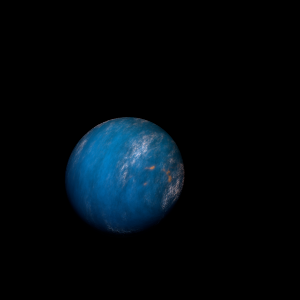|
|
Space Astro
|
Info for exoplanet "Mito Fati"
| Scientific (actual) data |
|---|
| Name | Kepler-1037 b |
| Planet status | Confirmed |
| Radius | 0.114 |
| Orbital period | 1.06379 |
| Discovered | 2016 |
| Updated | 2021-02-05 |
| Tconj | 2454960 |
| Publication | Announced on a website |
| Detection type | Primary Transit |
| Alternate names | 2MASS J19452184+4710150 b, K01981.01, KIC 10153855 b, KOI-1981 b, KOI-1981.01, WISE J194521.85+471015.3 b |
| Star name | Kepler-1037 |
| Right ascension | 296.34° |
| Declination | 47.17° |
| Mag j | 12.821 |
| Mag h | 12.327 |
| Mag k | 12.248 |
| Star distance | 451 |
| Star metallicity | -0.03 |
| Star mass | 0.82 |
| Star radius | 0.78 |
| Star age | 5.13 |
| Star temperature | 5105 |
| Star alternate names | 2MASS J19452184+4710150, KIC 10153855, KOI-1981, WISE J194521.85+471015.3 |
| Wikipedia article | Kepler-1037 b |
Back
| |
| Fictional info (?) |
|---|
| Suggested name | Mito Fati |
| Planet type | Cold planet |
| It is the coldest planetary atmosphere in its solar system, with a minimum temperature of 65°K (-208°C), and has a complex, layered cloud structure with formaldehyde thought to make up the lowest clouds, and carbon monoxide the uppermost layer of clouds. |
| Atmosphere | Carbon monoxide | 92% |
| Formaldehyde | 4.7% |
| Neon | 2.9% |
| Water vapor | 1.0E-6% |
| Atmospheric pressure | 12 bar |
 |
| Moon | Dexew-inerep | Small almost round rocky asteroid |
| Buradu-han | Very small potato shaped oceanic planetoid |
| Seqe Vuge'wegy | Huge almost round gaseous asteroid |
| Google search for Mito fati |
|
Website by Joachim Michaelis
|
|
|
|